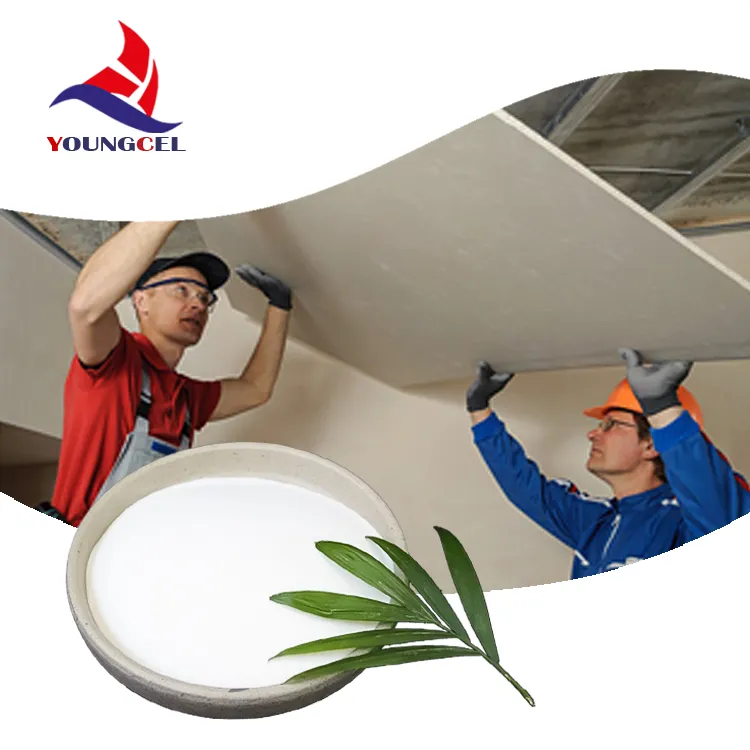Understanding Hydroxypropyl Methylcellulose (HPMC)
Hydroxypropyl Methylcellulose (HPMC) is a versatile cellulose ether widely used in various industries, notably in pharmaceuticals, food, cosmetics, and construction. This synthetic polymer is derived from cellulose, a natural polymer obtained from plant fibers. Its unique properties make it an essential ingredient in many formulations, offering viscosity, thickening, film-forming, and stabilizing functionalities.
Understanding Hydroxypropyl Methylcellulose (HPMC)
In the food industry, HPMC is utilized as a food additive, often labeled as E464. It serves multiple purposes, including acting as a thickening agent, stabilizer, and emulsifier. Its application in vegetarian and vegan products is noteworthy, as it can replace gelatin in various formulations, providing a plant-based alternative for consumers. Additionally, HPMC is also used in gluten-free products due to its ability to improve the texture and moisture retention, enhancing the quality of baked goods.
hydroxypropyl methylcellulose hpmc

The cosmetic industry benefits from HPMC's film-forming abilities, which allow for the creation of smooth and consistent products, such as lotions, creams, and gels. It helps to stabilize emulsions, ensuring that oil and water components remain mixed, thereby enhancing the overall stability and shelf life of cosmetic products. Furthermore, HPMC imparts a pleasant texture to formulations, making them more appealing to consumers.
In construction, HPMC is incorporated into various construction materials, such as tile adhesives, plasters, and paints. Its properties as a thickener and water-retention agent play a crucial role in improving the workability and performance of these materials. HPMC ensures that the mixture remains workable for a longer time, allowing builders to achieve better results during the application process. Its water-retention capability also minimizes cracking and shrinkage, contributing to the durability of construction projects.
Additionally, HPMC is valued for its safety and non-toxic nature, making it suitable for a wide range of applications. It is inert, biodegradable, and supports sustainable practices, aligning with the growing demand for environmentally friendly products. Its easy incorporation into various formulations allows manufacturers to enhance product quality without compromising safety.
Overall, Hydroxypropyl Methylcellulose (HPMC) is an indispensable ingredient across multiple industries. Its multifunctional properties facilitate the development of innovative products that meet diverse consumer needs. As research continues to unveil new applications and benefits of HPMC, its significance in both traditional and emerging industries is likely to expand even further, reinforcing its position as a vital compound in modern manufacturing and formulation development.
-
Rdp Powder: Key Considerations for Wholesalers in the Building Materials IndustryNewsJul.08,2025
-
Key Considerations for Wholesalers: Navigating the World of Hpmc - Based ProductsNewsJul.08,2025
-
Hpmc Detergent: Key Considerations for WholesalersNewsJul.08,2025
-
Key Considerations for Wholesalers: China Hpmc For Tile Adhesive, Coating Additives, Concrete Additives, and MoreNewsJul.08,2025
-
Crucial Considerations for Wholesalers: Navigating the World of Construction MaterialsNewsJul.08,2025
-
Key Considerations for Wholesalers Sourcing Additive For Cement, Additive For Concrete, Additive For Putty from Additive Manufacturer Shijiazhuang Gaocheng District Yongfeng Cellulose Co., Ltd.NewsJul.08,2025




